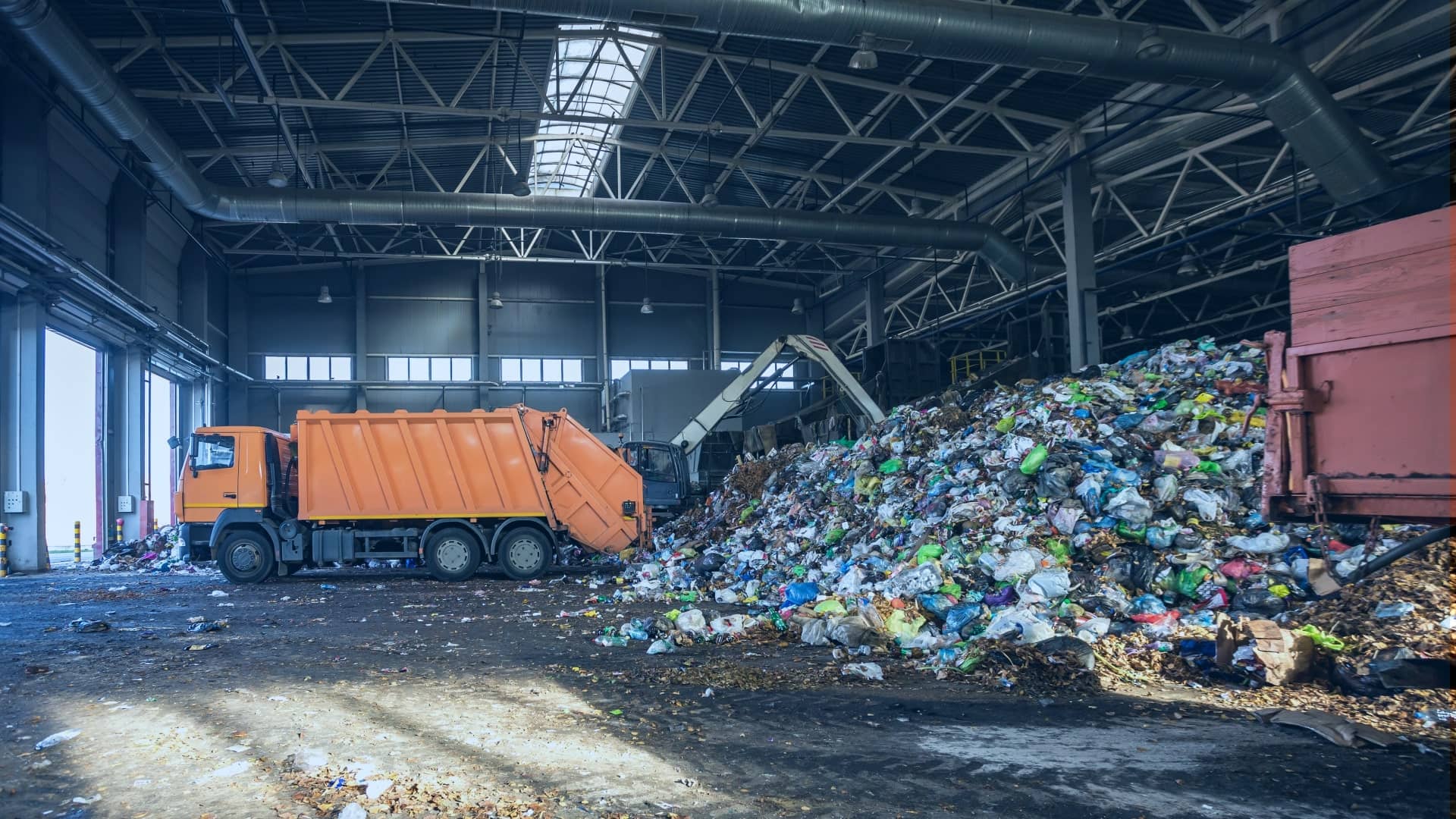9 Simple Techniques For Reclaim Waste
Wiki Article
Fascination About Reclaim Waste
Table of ContentsReclaim Waste Fundamentals ExplainedEverything about Reclaim WasteThe Definitive Guide for Reclaim WasteThe smart Trick of Reclaim Waste That Nobody is DiscussingGet This Report on Reclaim Waste
Discover the kinds, incidents, and types of fluid waste. Residential sewage waste refers to the waste and products from a domestic sewage-disposal tank. This kind of waste is created by human beings in houses, colleges, and other structures. This only consists of septic storage tanks that have a drainpipe field. The correct administration and disposal of domestic sewer waste need liquid waste to be moved to a sewage therapy plant where the appropriate approaches and tools are used to detoxify and take care of waste.
Commercial waste often includes potential risks, such as combustible products or a mix of liquid and strong waste products, and requires an extra advanced and in-depth disposal process. The disposal of commercial waste normally involves the purification of waste prior to transport to make certain risk-free and correct disposal. Hazardous waste is developed from by-products and drainage of commercial processes and production.
This kind of waste can not utilize the same sewage monitoring transport or procedures as septic or business fluids. The commercial waste monitoring process calls for the assessment and testing of fluid waste before it undertakes the disposal process (industrial wastewater treatment). Drainage waste is the fluid waste that originates from overflow and excess stormwater in extremely populated areas or cities
Overflow waste can cause contamination and flooding if not dealt with correctly. Making certain appropriate waste monitoring can protect against calamities and decrease environmental injury.
The 2-Minute Rule for Reclaim Waste
Contact PROS Providers today to learn more about our waste monitoring and disposal solutions and the correct methods to take care of the fluid waste you produce.(https://ameblo.jp/reclaimwaste1/entry-12874802223.html)Do you recognize what takes place to your water when you disengage, purge the toilet or drain the cleaning device? No? Well, it's worth knowing. This supposed 'wastewater' is not just a crucial source but, after treatment, will certainly be launched to our land, waterways or the ocean. Utilized water from toilets, showers, bathrooms, cooking area sinks, laundries and commercial processes is called wastewater.

water utilized to cool equipment or clean plant and devices). Stormwater, a kind of wastewater, is runoff that streams from farming and urban areas such as roof coverings, parks, gardens, roadways, courses and gutters right into stormwater drains, after rain. Stormwater streams unattended straight to neighborhood creeks or rivers, eventually getting to the ocean.
Getting The Reclaim Waste To Work
In Queensland, the majority of wastewater is treated at sewer therapy plants. Wastewater is carried from domestic or industrial websites via a system of sewers and pump terminals, called sewage reticulation, to a sewer therapy plant. Extra resources Neighborhood governments construct, keep and run most sewer therapy plants. Operators are accredited under the Environmental Management Act 1994 to discharge treated wastewater at an appropriate ecological criterion right into rivers.The Division of Natural Resources recommends city governments about managing, operating and preserving sewerage systems and therapy plants. In unsewered locations, local governments may call for homeowners to mount private or home sewer therapy systems to treat domestic wastewater from commodes, kitchens, shower rooms and washings. The Division of Natural Resources authorizes making use of home systems when they are confirmed to be efficient.
The majority of stormwater obtains no therapy. In some new neighborhoods, therapy of some stormwater to get rid of clutter, sand and gravel has actually begun using gross toxin catches. Wastewater treatment happens in 4 stages: Eliminates strong matter. Larger solids, such as plastics and other things mistakenly discharged to sewers, are gotten rid of when wastewater is gone through displays.
Wastewater then moves into big containers where solids clear up and are gotten rid of as sludge. Grease and scum are skimmed from the surface area. Uses small living organisms understands as micro-organisms to damage down and remove remaining dissolved wastes and fine fragments. Micro-organisms and wastes are included in the sludge. Eliminates nitrogen and phosphorus nutrients that could cause algal blossoms in our waterways and intimidate aquatic life.
The Buzz on Reclaim Waste
Nutrient removal is not offered at all sewage therapy plants due to the fact that it requires costly specialized equipment. Clear fluid effluent produced after treatment may still have disease-causing micro-organisms - industrial wastewater treatment.
A lot of wastewater flows right into the sewage system. Under the Act, neighborhood federal governments provide authorizations and permits for eco pertinent activities (Ages) involving wastewater releases that could have a regional effect.
Our Reclaim Waste PDFs
Otherwise, examples are taken for research laboratory analysis. Frequently numerous tests are required to develop the levels of each of the different pollutants such as oils, heavy metals and pesticides in water. Tracking provides accurate info concerning water top quality and can confirm that permit problems are being satisfied. The details acquired with tracking provides the basis for making water quality choices.Report this wiki page